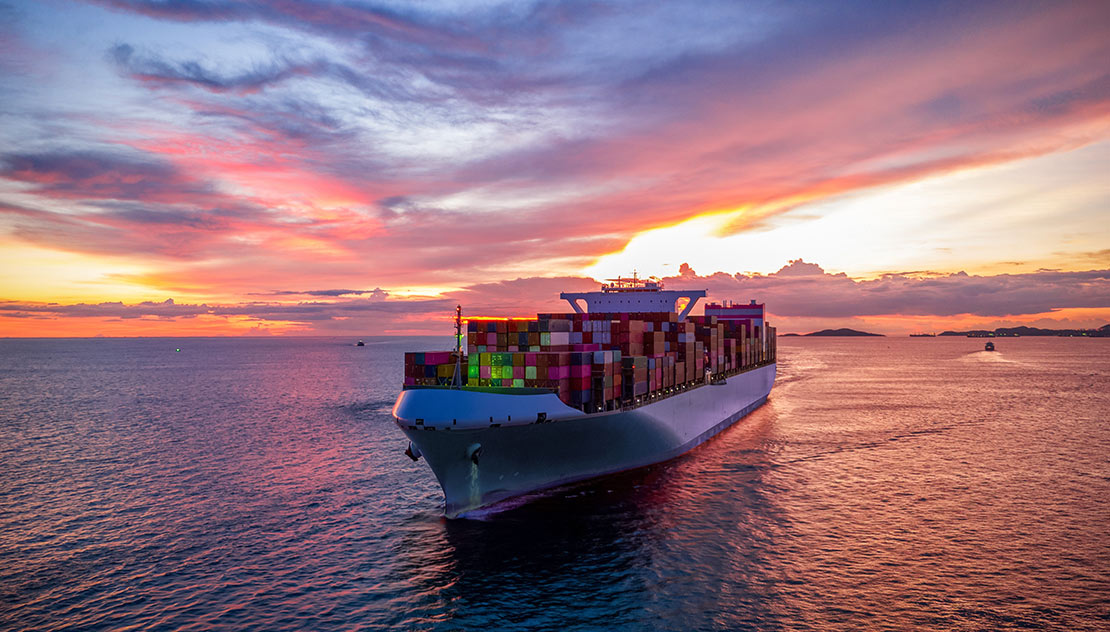Transpacific ocean freight rates may have reached their peak as demand appears to be levelling off following a surge in volumes.
The Asia/US market may be starting to settle following a sharp increase in demand triggered by the May 14th announcement of a 90-day tariff pause between the US and China.
The tariff pause sparked a wave of preloaded containers entering the market, with high volumes anticipated to continue up until the August 14th deadline. This surge caused transpacific ocean freight rates to spiral upwards, creating a brief period of under capacity.
However, as the situation evolves, it seems that demand is beginning to flatten out. In a bid to manage the increasing volume of cargo, shipping carriers have reinstated vessels and services that were previously withdrawn during the trade tensions leading up to the tariff pause. This additional capacity seems to have contributed to what is looking like a more balanced market.
Following these adjustments, some reports suggest that the high rate levels may have reached their peak and could soon soften. This comes as carriers, who had initially seen great benefit from the surge, continue to push for rate increases in anticipation of sustained demand. However, many industry experts caution that predicting what will happen next in such a volatile market is fraught with challenges.
The uncertainty surrounding the transpacific shipping market is compounded by the current geopolitical climate, where ongoing tensions and conflicts have added an additional layer of complexity to global trade.
As the situation remains fluid, the team at Westbound is closely monitoring developments to provide timely updates on how these dynamics will play out during the coming weeks.
If you have any questions regarding the above, then Westbound are here to help. So, please do not hesitate to contact us.

Become a Westbound VIP
From simpler bookings, communication, and collaboration to reporting, insights, and more, our intuitive cloud platform puts everything in one place. So you get control, efficiency, and transparency, and a launchpad for your supply chain.
Related Posts
05/08/2025
Trump Closes De Minimis Loophole For Global E-Commerce
Just last week we reported news of a…
30/07/2025
Loophole Allows Workaround Of US Ecommerce Rule For Chinese Exports
According to a report in The Loadstar,…
29/07/2025
New ICS2 Regulations for EU Shipments Incoming From September
Starting September 1st, all road and…


